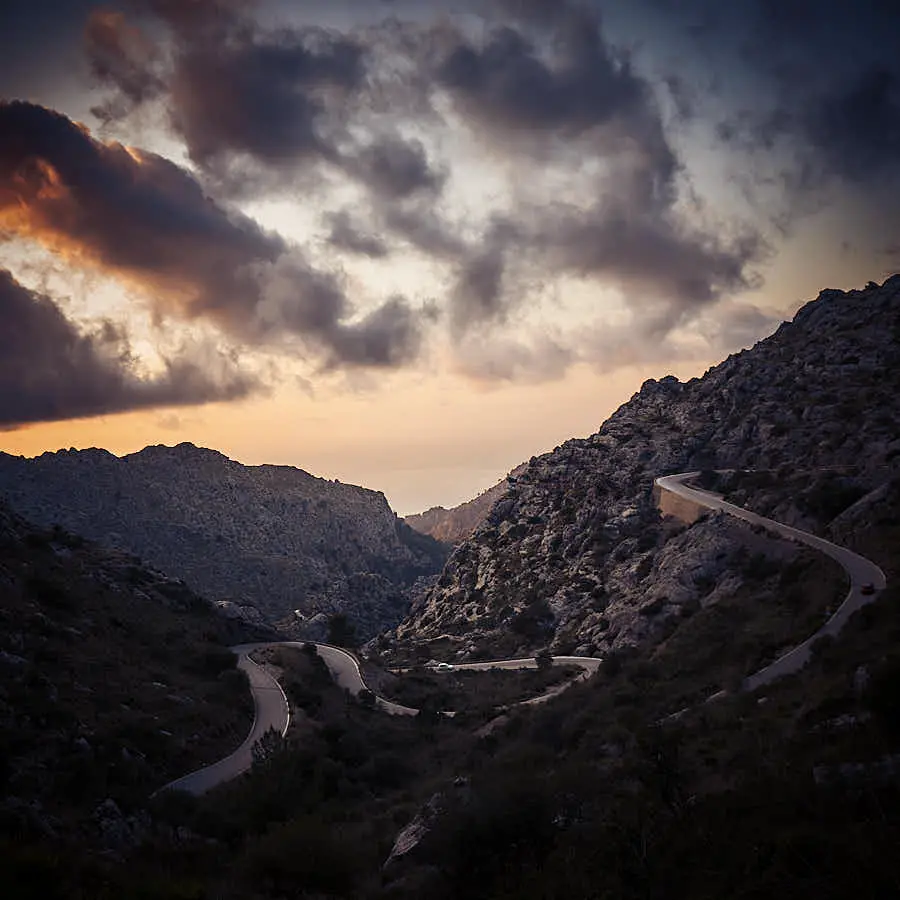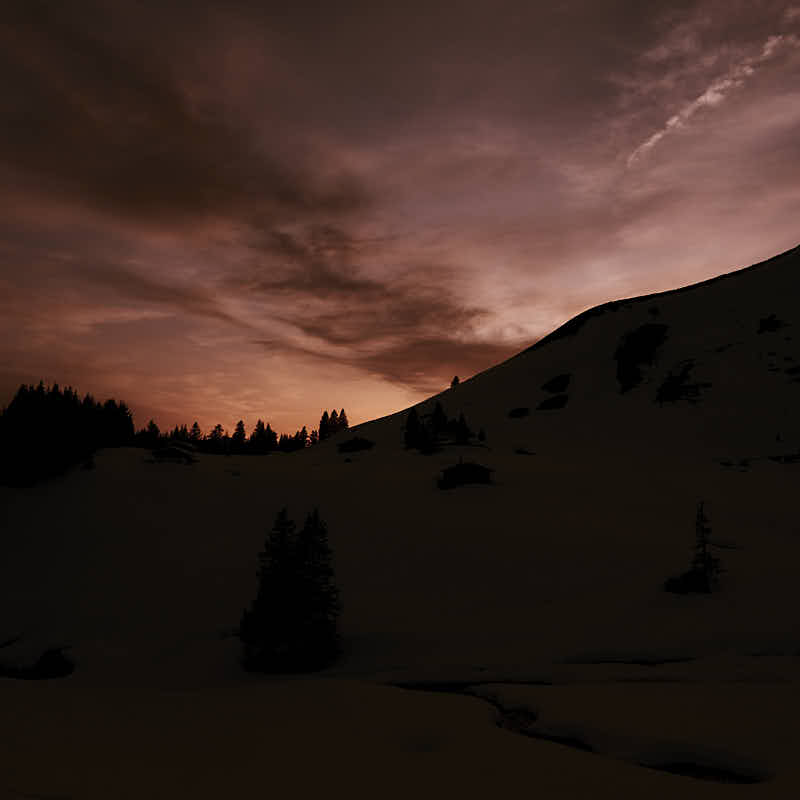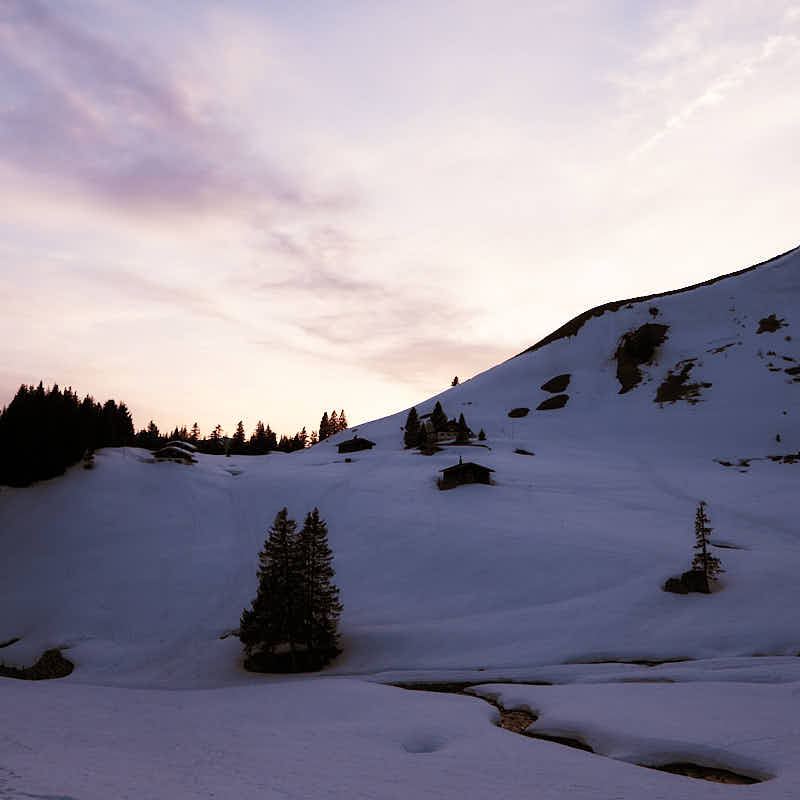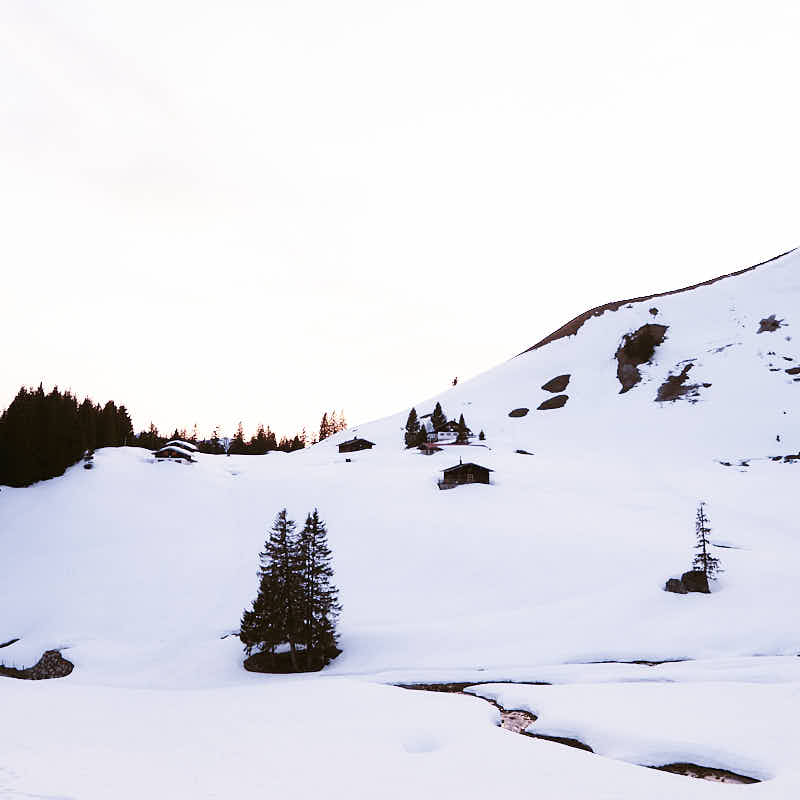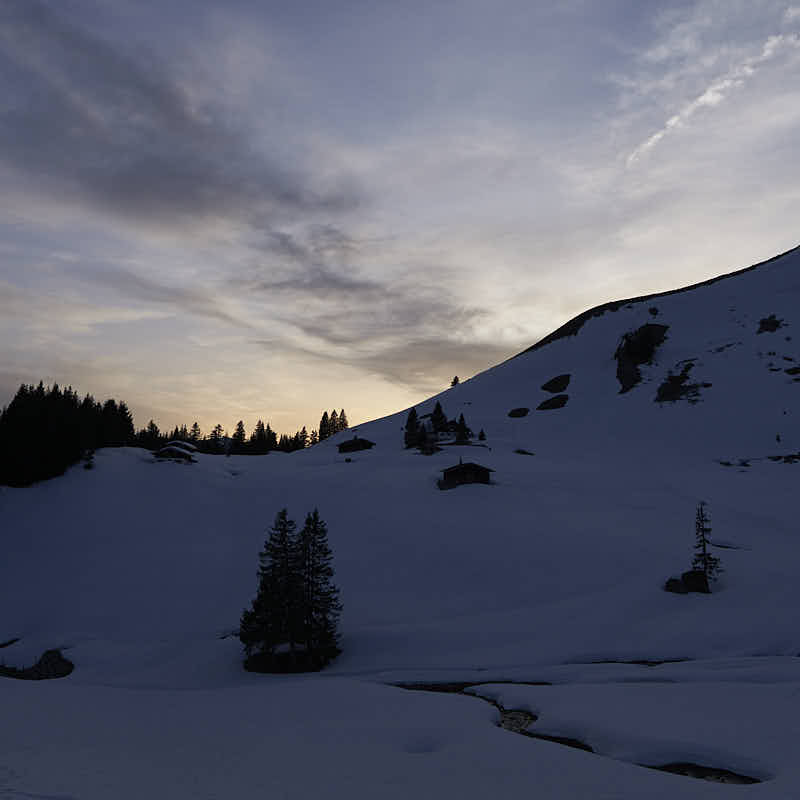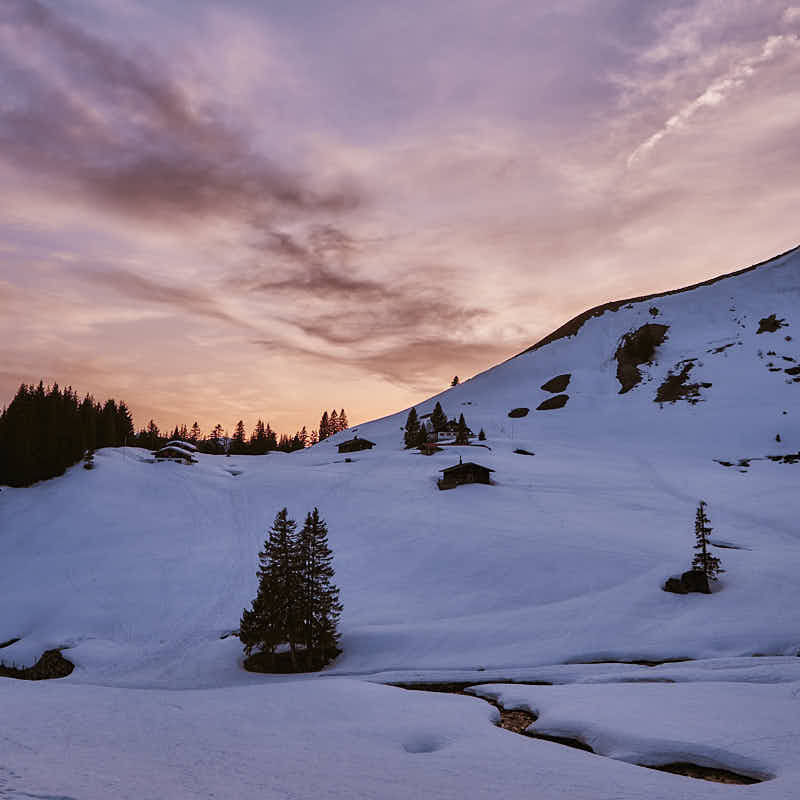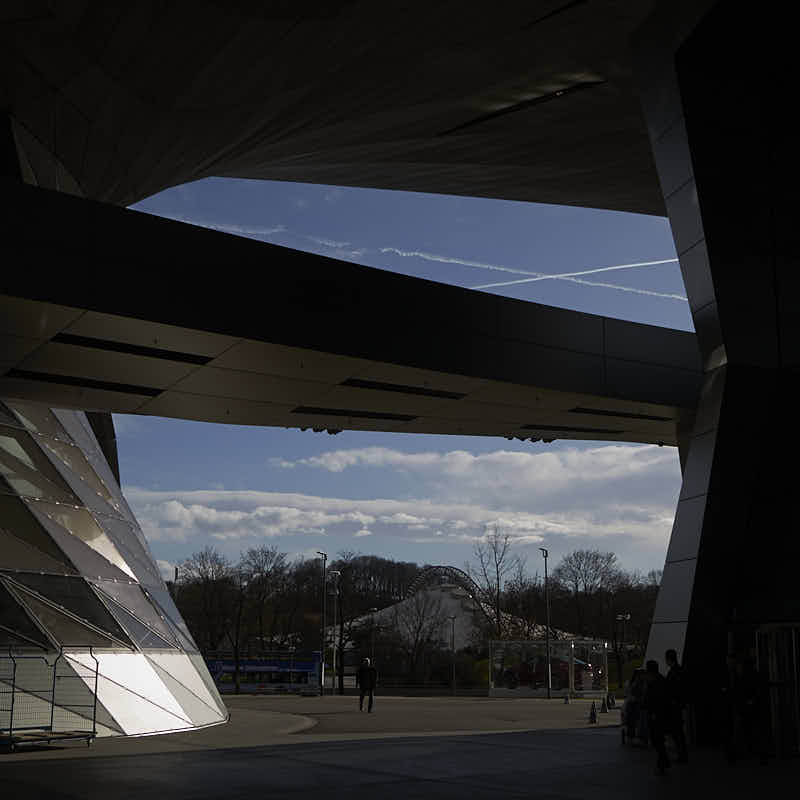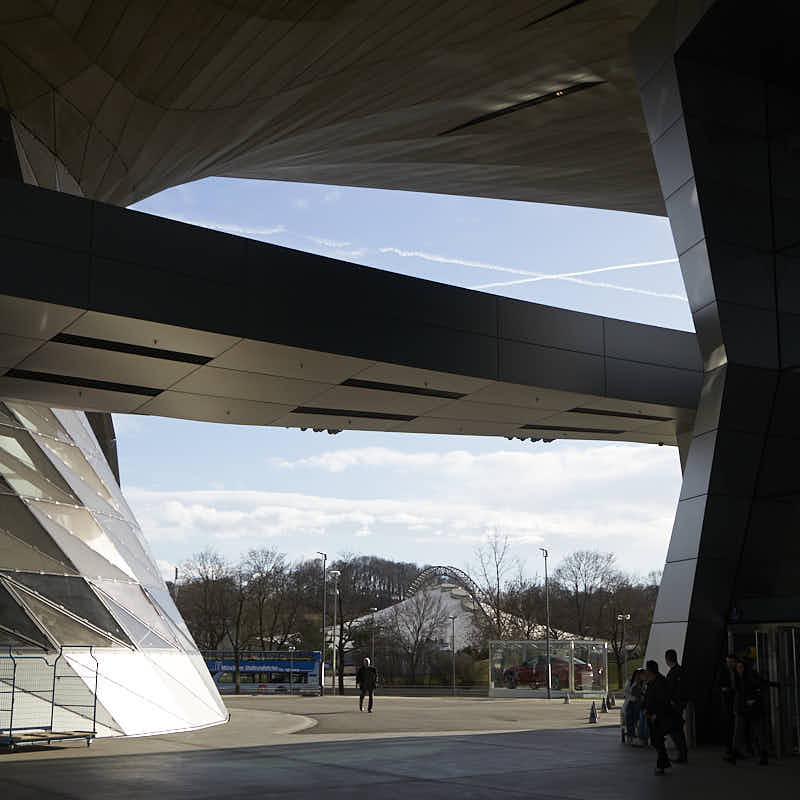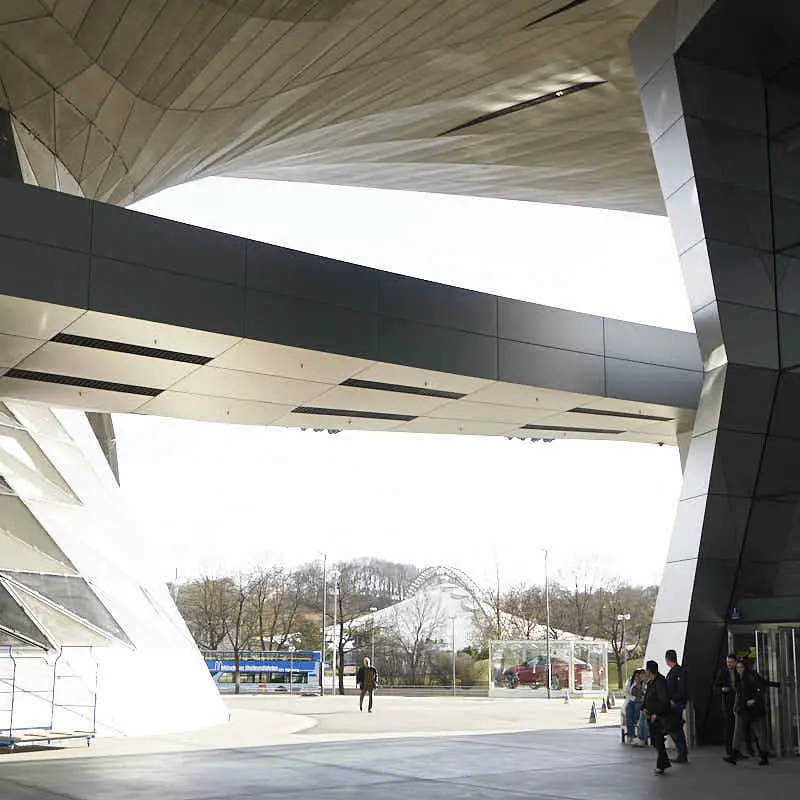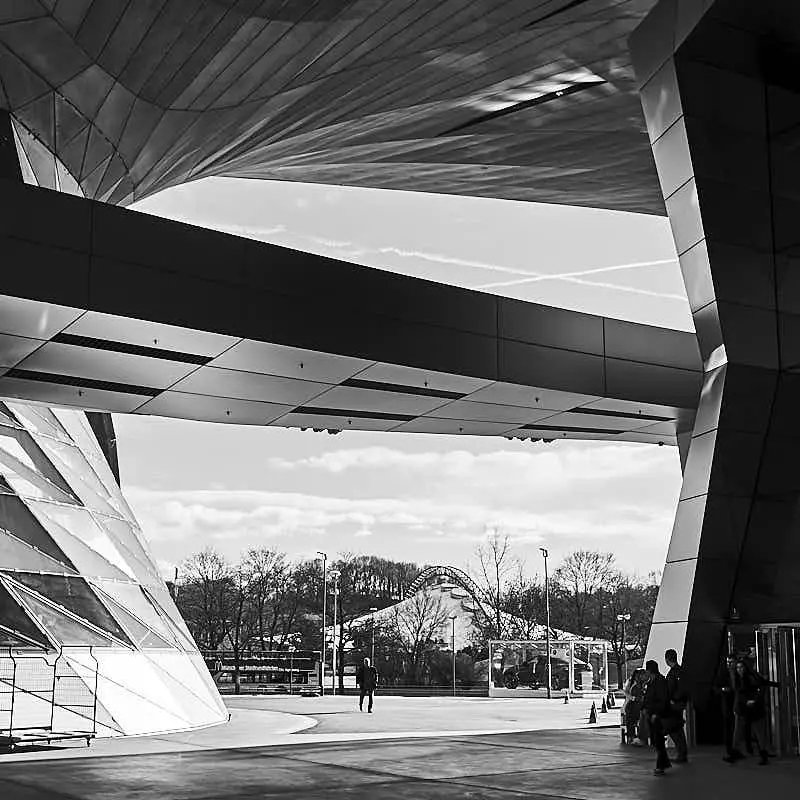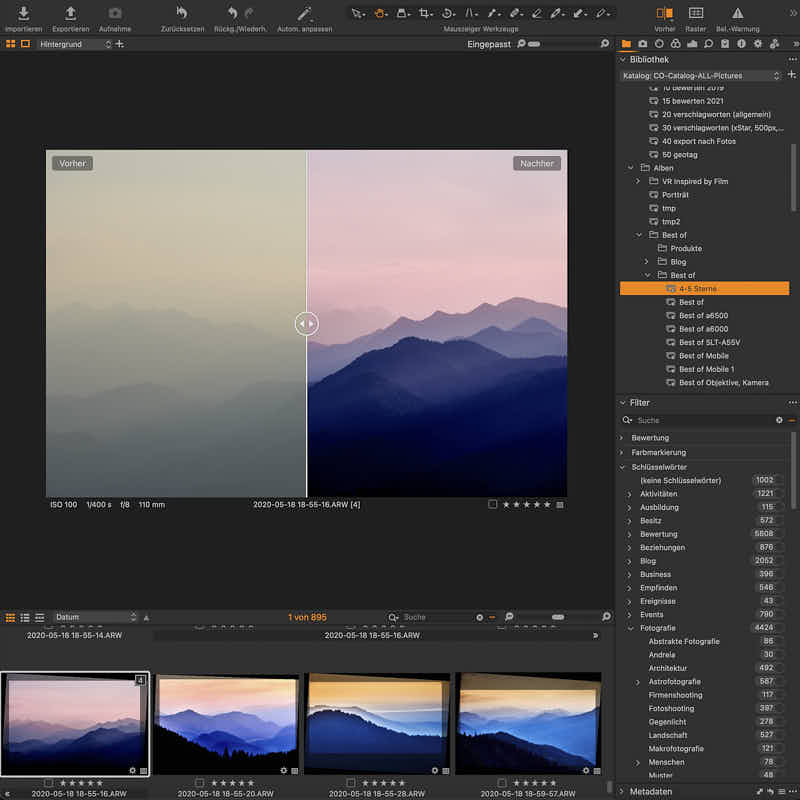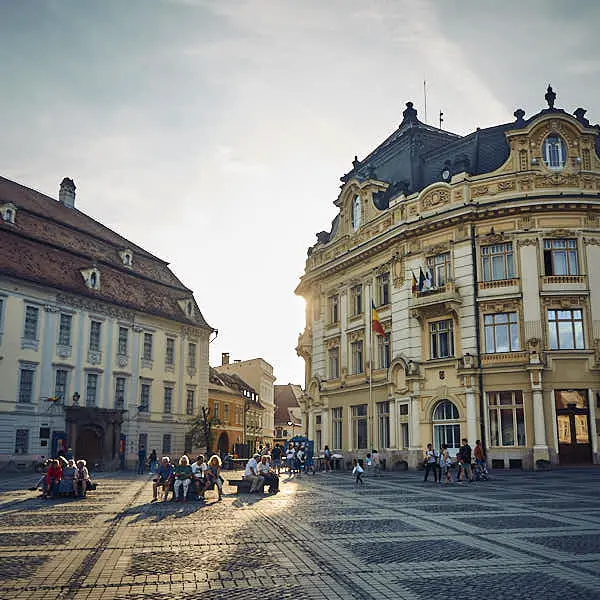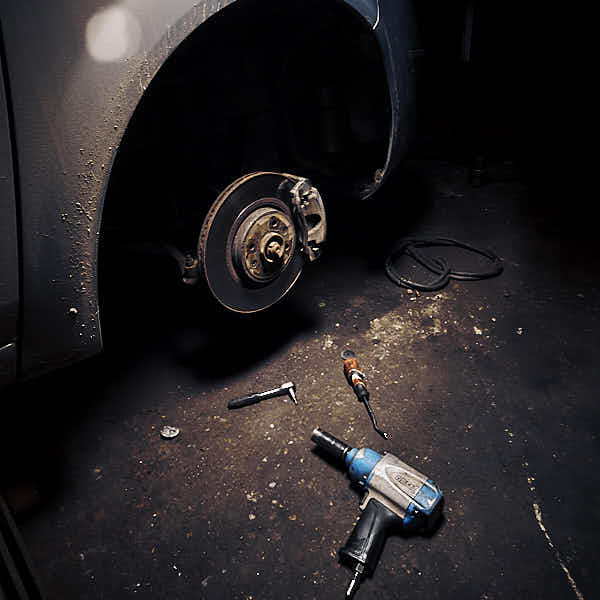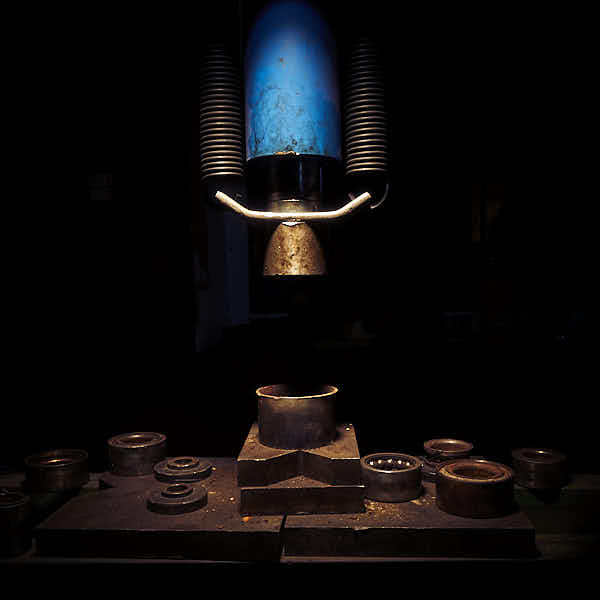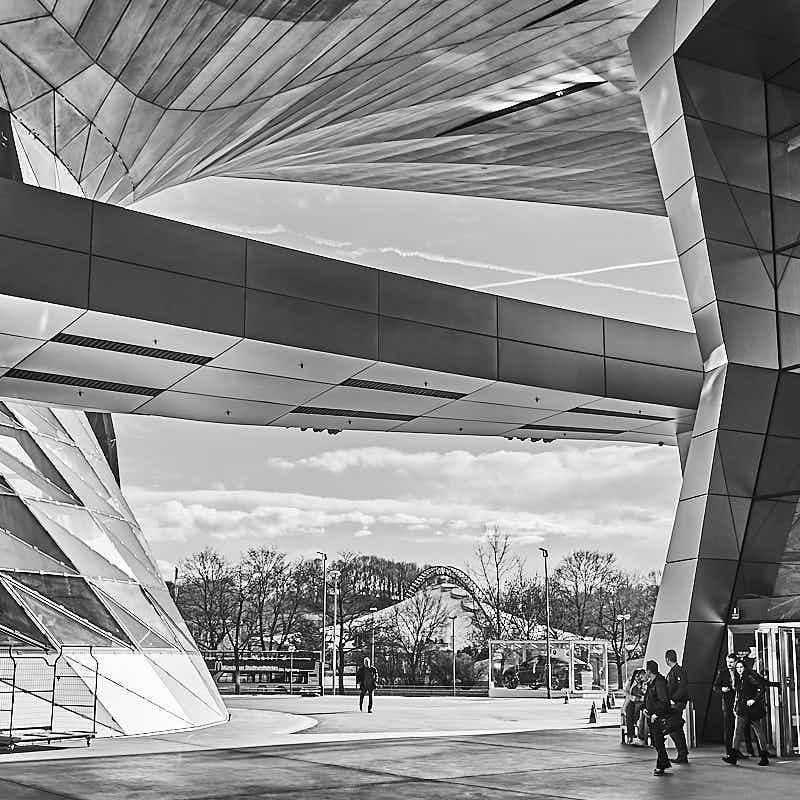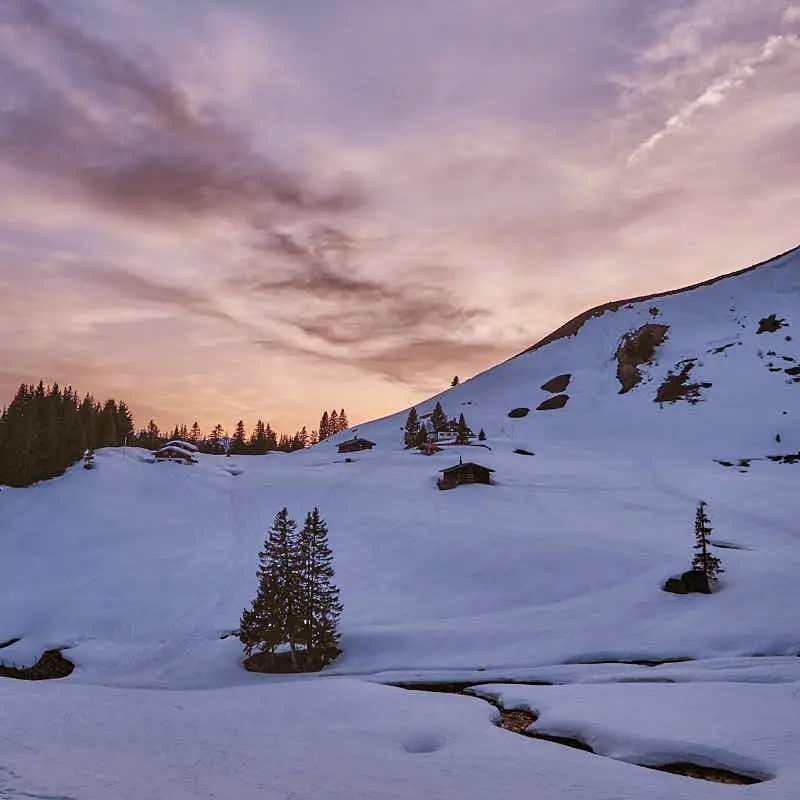You may have heard someone mention something about an HDR photo before, whether they are a photographer or maybe someone that just got a new phone that has these capabilities, but do we really even know what an HDR photo is?
HDR stands for “high dynamic range” and is the technology that will help you capture the lightest of lights and the darkest of darks in all of your photos. This can be incredibly useful for photographers that want to take the highest quality and most memorable pictures that they can for themselves or for their clients.
Here’s How HDR Photos Work.
There are two ways to go about explaining HDR photography; the complicated way, or the simple way. We are going to stick with the simple way.
What is happening when you take an HDR photo is that your camera is really taking multiple photos. This could be two, three, four, nine, or any other number of photos.
It will not be taking the exact same photo two, three, four, or nine times though. All of the photos will have differences in their exposure levels and maybe a few other technical aspects.
Then the software will have the ability to take all of those photos and mash them together, pulling out the optimal exposure in each part of the photo, and create a much nicer looking photo.
Why it is Important to Understand HDR Photography?
Since the beginning of time, it has been notoriously challenging to capture a photo that is not overexposed or underexposed in some way, shape, or form.
The HDR technology allows photographers, and now even everyday camera users, to take photos that are optimized to have a high dynamic range, given in the name.
This allows everyone to take better photos and capture more memorable moments as long as they understand the technology they are using and why they are using it.
How to Make Your Own HDR Photos.
Making an HDR photo can take some work, but it has been well worth it in the past.
What you would need to do is take multiple photos, all of the same shot, but with different camera settings each time.
Since you are taking multiples of the same shot, it is always best if you have a tripod to keep the camera as still as possible and maximize the accuracy of your final photo.
After you have all of the shots, you can find a third party software allowing you to put all of the photos in and get an HDR photo out of them.
Cameras Now Have Auto HDR Capabilities.
Today, there are many mirrorless cameras, DSLRs, and even phones that have HDR technology built into them and can give you that final product almost instantly.
This almost completely eliminates the need for a tripod because the camera will usually capture the photo that you take multiple times, with different exposures, shutter speeds, etc., and then mash them all together within the device.
Some phones have the ability to do this now, although with some cameras you still may need to work with the photos in post later.
An HDR photo from a RAW format
More and more, HDR photos are also simply created from RAW formats. Current Image Editing Programs like Capture One, Lightroom, Luminar and others can edit and enhance the dynamic range of a RAW format which is much higher than it may seem to be.
Check if an offer is running!
There is a lot of data hidden in a RAW format that is not visible. This means that you can get a lot of detail out of very bright or very dark areas.
That works so well that for most of my photos I can easily save several exposure series and still get all the details I want. These settings can even be included in a style package to speed up the image editing workflow.
Get 33% off today!
Who Would Want to Use HDR Photography?
While HDR photos sound like they should just give out the best photo in every situation, every time; that isn’t necessarily the case.
HDR photos are best for situations where your camera cannot pick up on the full dynamic range of what is in front of it. That’s why it is best suited for the following.
1. Landscape Photography
For those of you that like to take pictures of the hills, the mountains, and the sunsets, you could be benefiting greatly from the use of HDR photos.
They will generally help you bring out the sky in your photos while keeping all of the details of the rest of your photos.
Since you have a lot of parts in these photos, there usually isn’t one camera setting that you can find that optimizes all areas.
Using HDR photography will allow you to capture a photo that optimizes the sky, the grass, the sand, or whatever else you may have, and then bring all of those components together in the final photo.
2. Low-Light Photography
Using HDR photography can also help sometimes in low light settings so that you can have multiple pictures with different exposures to pull together.
Be aware that when you are shooting in low light, you will want to adjust all of your other settings accordingly to get the best photo.
HDR photography is a cool concept and utilizes great technology, but it is not a magic fix-all for all photos.
What You Need to Watch Out for with HDR Photos
One of the main challenges that you will want to watch out for when using HDR photography is simply going too far with the amount of detail that you can get from an HDR photo.
HDR photos will allow you to get such a detailed photo that the image will start to essentially look and feel fake.
It is always best to use a little bit of restraint when utilizing this technique, because at the end of the day what you want is a photo that looks good, but still looks like a photo or a moment that you captured yourself.
Having an image that obviously looks like it was doctored or manipulated intentionally almost defeats the whole purpose of taking the photo.

